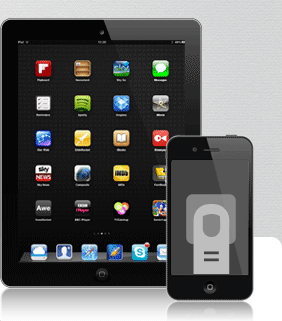
Every quarter or so, the world’s media and the tech industry question Apple’s innovation. They always ask, when will the company release something new that will revolutionize the world once again? Can it release something better than the iPhone? Can Apple make it big again without Steve Jobs?
It is human nature after all; when someone or a company surprises you, there will always be high expectations.
For Apple, it started as early as 1984 when Steve Jobs introduced the Macintosh, which changed the computer industry. Today, Apple sells around 100 million Mac.
Then, after being ousted from the company he created, Jobs returned to Apple in 1997 and presented the iPod in 2001. Not only did this device change the way that people listen to music, at a time when the industry was in turmoil with the MP3 file format, but it also changed the business music industry itself. As a result, Apple sold more than 400 million iPod and the device is still available.
Finally, exactly 10 years ago, on June 29th 2007, Apple commercially launched the iPhone in the United States of America only. Despite some skepticism from competitors, the device was a huge hit and once again, the whole industry was set for a new era in which touch screens would replace hard keyboards. As of June 2017, Apple has sold 1.2 billion iPhone.
If Apple needed 30 years to sell 100 million Mac, it took only 15 years to sell 400 million iPod and 10 years to produce 1.2 billion iPhone. Even if these numbers are slowing down, the company shipped more than 215 million iPhone in 2016. Given that their average height is 60 mms per box, this would make a pile of iPhone that was 8,015 miles high. Or, from 2007, a staggering 44,740 miles! In other words, you could almost circle the Earth twice. Amazing.
But the most amazing numbers that make the iPhone’s history really unique don’t come from their shipment figures because, at the end of the day, there are a lot of industries that produce more devices or goods. Take the TV industry, which ships about 225 million sets per year. And the computer industry? Well, they shipped 260 million devices last year, and the tire makers produced 2.5 billion tires last year alone.
The big difference comes from sales, as on average every iPhone is sold for USD 620. This means that after 10 years, Apple has made more than USD 700 billion thanks to this electronic device that weight less than 7 ounces. That is a huge amount and in the last fiscal year alone (2016), revenue for the iPhone was USD 156 billion with a >40% gross margin.
Now, that’s where the iPhone saga is unique and it’s very likely these impressive figures will not be reproduced by anyone else soon. To give you some perspective, it’s interesting to know that the famous manufacturer BMW produced 2.5 million vehicles (BMW, Mini, Rolls-Royce and Motorcycles) in 2016 and made around USD 11 billion. Or Johnson & Johnson, the medical devices, pharmaceutical and consumer packaged goods manufacturer? They made just half of the iPhone revenue with USD 72 billion. And what about Boeing, which has almost 930 aircraft (both commercial and military), as well as 7 satellites? USD 95 billion!
There are less than 20 companies around the world who are able to make more revenue than the iPhone and less than 10 that make more revenue than Apple.
You can even compare iPhone revenue to the GDP of some countries, like Algeria (167B) or New Zealand (173B), and these are countries that have 40.5 and 4.8 million habitants respectively. In fact, the iPhone’s revenue alone would be ranked 56th in the world, compared to the GDP of 195 countries around the globe.
As the iPhone celebrates its tenth anniversary, people should stop asking what will be the next revolution, as its success is ongoing. The iPhone or smartphone is, in general, part of an ecosystem that is changing our lives from any perspective you choose to look at and this is only the beginning.
Thanks to smartwatches, captors and IoT, our future will contain either completely active or passive monitoring and this will bring about services that few of us can foresee at the moment.
Is your business or enterprise ready for this change? Are you willing to transform your business model to survive or to become the next market leader?















